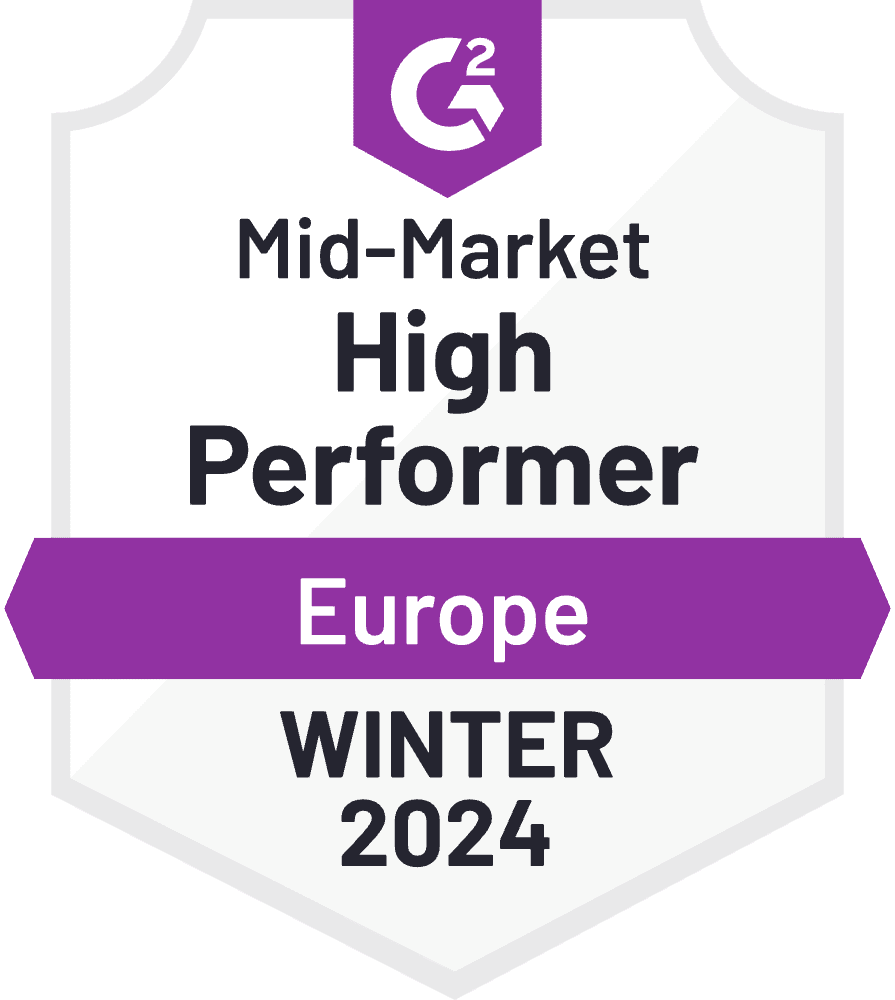Pimberly Platform Tour
Take a tour through the whole platform – or just pick and choose the bits you really want to see!
Take a tour through the whole platform – or just pick and choose the bits you really want to see!
Introduction to Pimberly, including what a Product Information Management platform is, where it sits within a company’s tech stack and its organisational structure, some of the key benefits of PIM and some technical information about the platforms accessibility and security.
Overview of the Pimberly dashboard which gives users a clear visual update on the status of products across schemas and channels, as well as upcoming tasks in the message center.
Feeds are how data gets into Pimberly, and this video shows how quickly a new feed can be setup, including scheduling and data mapping.
Schemas and taxonomies are all part of the Pimberly set up. In addition to this pimberly also allows users to set up category trees which they may know as their own schemas/taxonomies.
The product view in Pimberly allows you to browse your product range with powerful filters, and see the lifecycle stage. You can also see the ability to have products nested where multiple colours/styles/sizes are available.
From the product grid, you can select and individual product and see all the information dedicated to it. This is known as the product detail page where all the attributes come together regardless of what type of attribute they are, whether that be text, HTML, digital assets and videos.
Quick overview of Pimberly DAM functionality, including meta data and version controls, which keeps all digital assets within the PIM alongside your product data.
Channels in Pimberly connect your data to sales channels and external sources via REST API, FTP, Cloud, Amazon S3. Simple visual data mapping and availability of scoped/translated data ensures your always sending the right information to each channel.
Workflows are the automation engine at the heart of Pimberly, and they are totally configurable and flexible. They can be used to run processes such as attribute changes and updates, as well as trigger notifications such as approvals.
Lifecycle stages define how your products move through from creation to your sales channels. Once configured, they’ll give you visibility of your progress, and what needs doing to get more products to market faster.
Scoping allows you to store multiple different values for attributes. A locale is a combination of language, region and currency and allows the user to define how data is exported to individual sales regions. Check out this video on how you can store this complex information in Pimberly.
We’ll learn more about your business, and demonstrate the ways Pimberly can transform your digital commerce strategy by:




| Cookie | Duration | Description |
|---|---|---|
| cookielawinfo-checkbox-analytics | 11 months | This cookie is set by GDPR Cookie Consent plugin. The cookie is used to store the user consent for the cookies in the category "Analytics". |
| cookielawinfo-checkbox-functional | 11 months | The cookie is set by GDPR cookie consent to record the user consent for the cookies in the category "Functional". |
| cookielawinfo-checkbox-necessary | 11 months | This cookie is set by GDPR Cookie Consent plugin. The cookies is used to store the user consent for the cookies in the category "Necessary". |
| cookielawinfo-checkbox-others | 11 months | This cookie is set by GDPR Cookie Consent plugin. The cookie is used to store the user consent for the cookies in the category "Other. |
| cookielawinfo-checkbox-performance | 11 months | This cookie is set by GDPR Cookie Consent plugin. The cookie is used to store the user consent for the cookies in the category "Performance". |
| viewed_cookie_policy | 11 months | The cookie is set by the GDPR Cookie Consent plugin and is used to store whether or not user has consented to the use of cookies. It does not store any personal data. |
